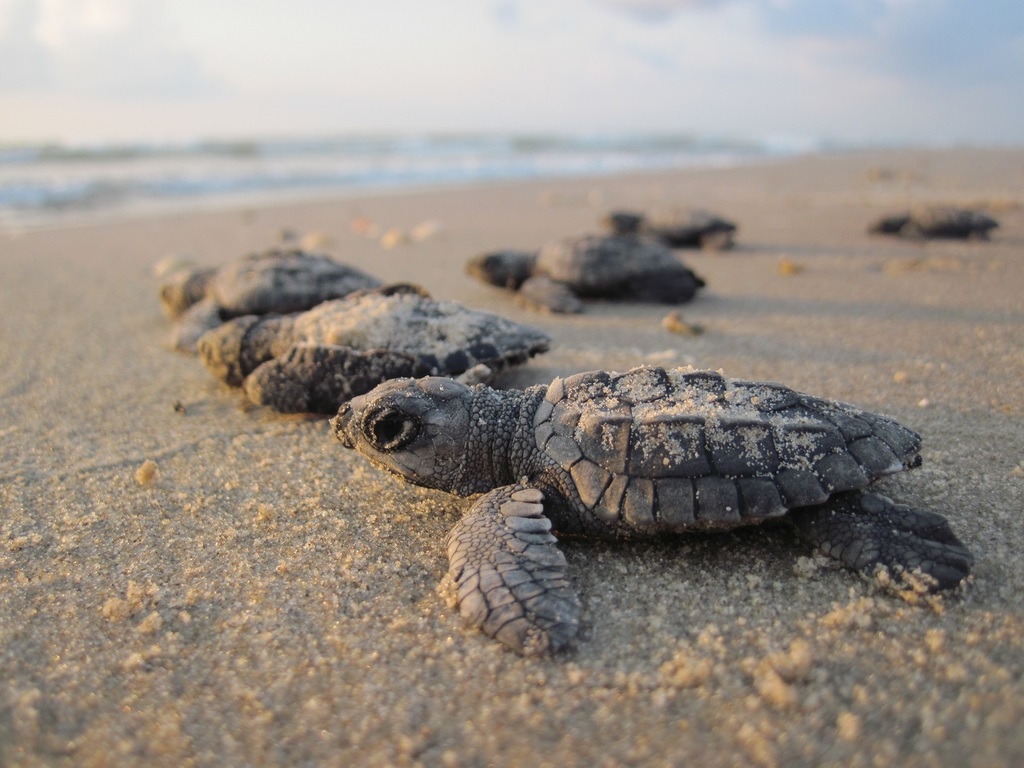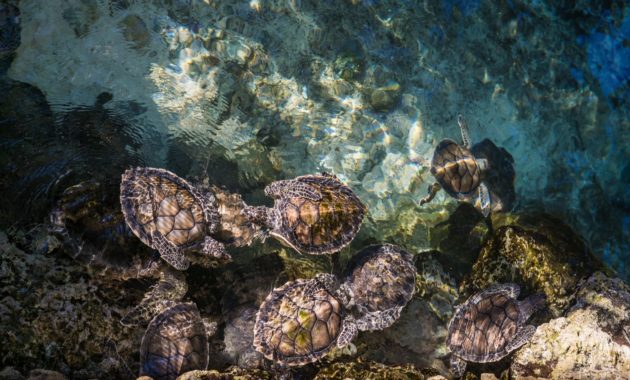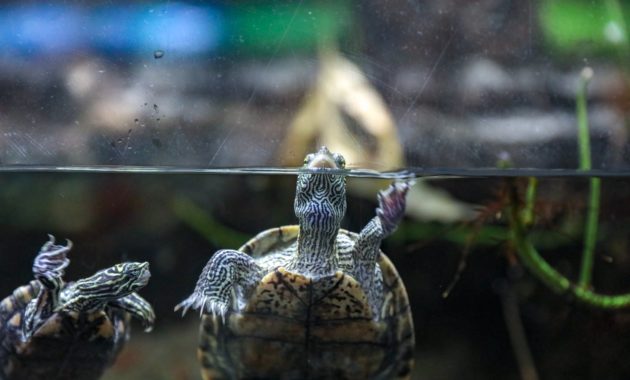
Imagine a creature that carries within its shell the secrets to a long and fulfilling life. The mysterious Hermann's Tortoise holds the key to longevity, and in this article, you will uncover the hidden wonders that contribute to their remarkable lifespan.
From their physical characteristics to their specialized diet and ideal habitat, there is much to discover about these enigmatic creatures. So, prepare to be captivated as we unravel the secrets of the Hermann's Tortoise, leaving you with a newfound appreciation for these magnificent beings and a yearning to explore their world further.
Key Takeaways
- Hermann's Tortoise is a small terrestrial species with a domed shell, found in various habitats including Mediterranean forests, dry meadows, and rocky slopes.
- They have a lifespan of up to 75 years, with captive-bred tortoises generally living longer than wild-caught ones.
- A balanced diet consisting of commercial pelleted diet, leafy greens, vegetables, and fruits is crucial for their well-being.
- They require a secure and spacious enclosure, with outdoor enclosures having cooler and warmer spots, shaded areas, and sections exposed to the sun, while indoor enclosures should have a heat lamp, UV light, and substrate of sand and mixed compost.
Physical Characteristics of Hermann's Tortoise
Hermann's Tortoise is a small terrestrial species with a domed shell. Adult males are distinguished by their thick and long tails with a well-developed spur. These tortoises have a length that varies, but overall, they're small in size.
They're known for their longevity, as they can live up to 75 years with proper care and diet. Their diet consists of commercial pelleted diet for tortoises, leafy greens, vegetables, and fruits. It's important to avoid feeding them meat, peas, and beans, as they need a diet low in phosphorus and high in calcium.
In terms of their native habitats, eastern subspecies are found in western Turkey, eastern Italy, Greece, and the Balkans, while western subspecies are found in southeast France, northeast Spain, Italy, Corsica, Sicily, Sardinia, Minorca, and Majorca.
These tortoises are low maintenance pets, but they require a secure and spacious enclosure, both indoors and outdoors.
Lifespan of Hermann's Tortoise
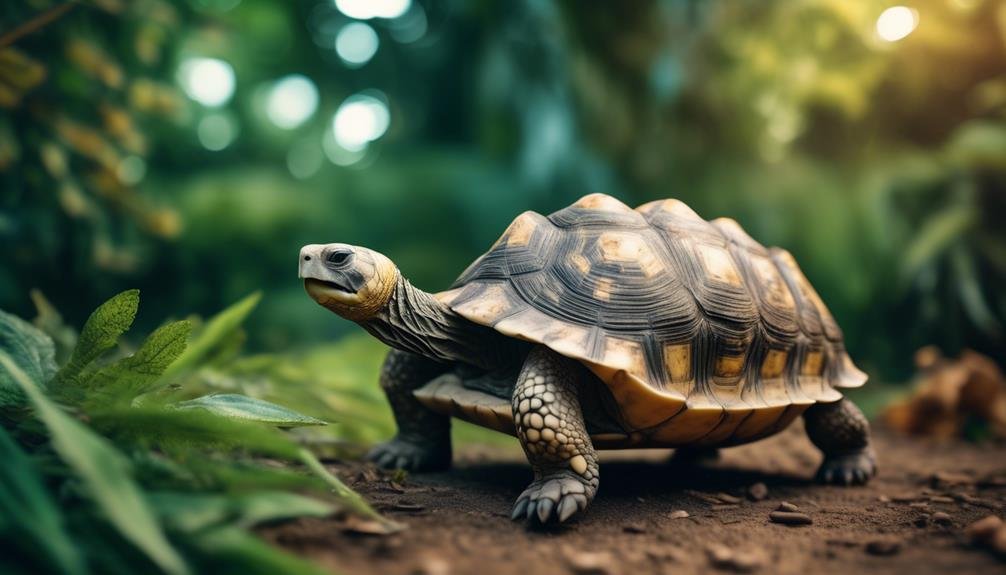
How long can Hermann's Tortoises live with proper care and diet?
- Hermann's Tortoises can live up to 75 years, which is a long lifespan compared to other tortoise breeds. Proper care and diet contribute significantly to their longevity.
- The lifespan can vary depending on the individual tortoise, with captive-bred tortoises generally having longer lifespans than wild-caught ones.
- Maintaining a balanced diet is crucial for their well-being. Their diet consists of a commercial pelleted diet for tortoises, leafy greens, vegetables, and fruits. However, it's important to avoid feeding them meat, peas, and beans. They also require a diet low in phosphorus and high in calcium.
With proper care and attention to their diet, Hermann's Tortoises can live a long and fulfilling life.
Diet of Hermann's Tortoise
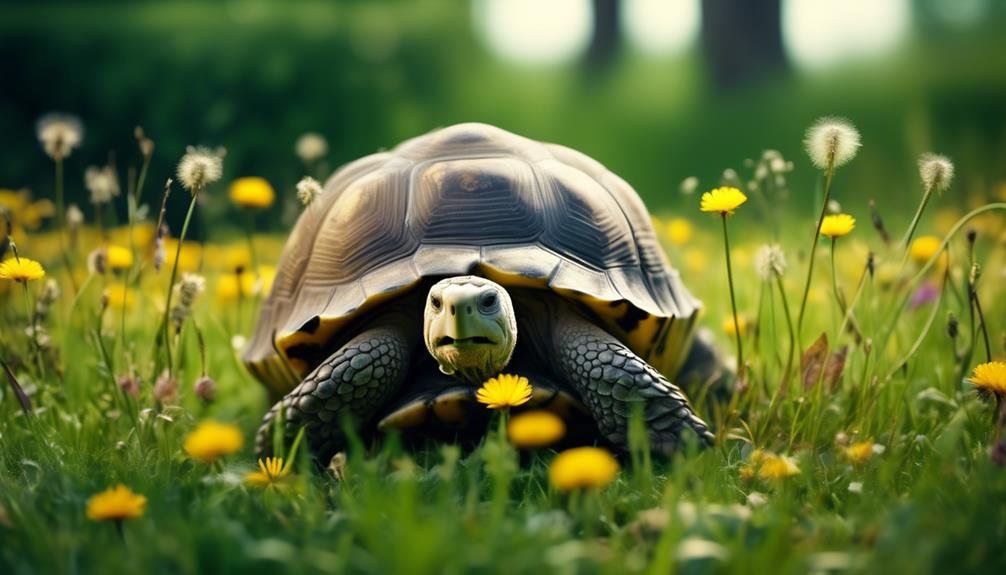
To ensure the longevity of your Hermann's Tortoise, it's essential to provide them with a well-balanced diet. Their diet consists of a commercial pelleted diet for tortoises, leafy greens, vegetables, and fruits. Avoid feeding them meat, peas, and beans as they aren't suitable for their digestion.
It's important to provide a diet that's low in phosphorus and high in calcium to maintain their overall health. Calcium is especially crucial for the development and maintenance of their strong shells. Make sure to offer fresh water at all times and monitor their food intake to prevent overfeeding.
Native Habitat of Hermann's Tortoise

The Hermann's Tortoise, a small terrestrial species with a domed shell, is native to the Mediterranean region.
- Eastern subspecies found in western Turkey, eastern Italy, Greece, and the Balkans
- Western subspecies found in southeast France, northeast Spain, Italy, Corsica, Sicily, Sardinia, Minorca, and Majorca
- Prefer Mediterranean forests but can adapt to dry meadows, farmland, rocky slopes, and arid hillsides
- Like areas with resting places and shade
Hermann's Tortoises thrive in the diverse habitats of the Mediterranean region. The eastern subspecies can be found in countries like Turkey, Italy, Greece, and the Balkans, while the western subspecies is present in France, Spain, Italy, and various islands. These tortoises are adaptable and can live in Mediterranean forests, dry meadows, farmland, rocky slopes, and arid hillsides. They prefer resting places and shade, although they generally avoid moist areas. Understanding their native habitat is essential for providing the right environment when caring for these long-living creatures.
Care Requirements for Hermann's Tortoise
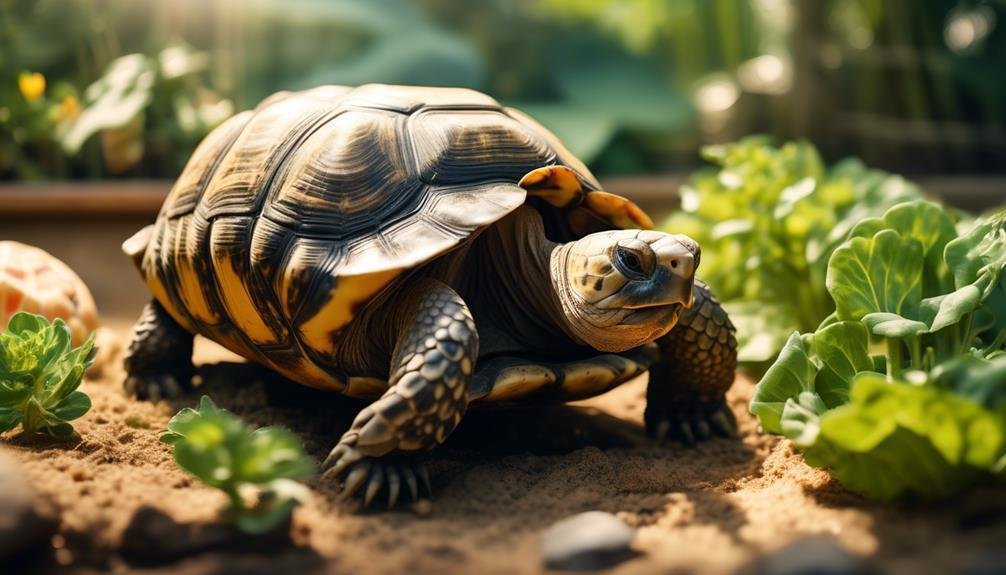
As you care for a Hermann's Tortoise, it's important to understand their specific care requirements to ensure their well-being and longevity.
Hermann's Tortoises are low maintenance pets, but they still need a secure and spacious enclosure. If you plan to keep them outdoors, the enclosure should have cooler and warmer spots, shaded areas, and sections exposed to the sun.
For indoor enclosures, provide a heat lamp, UV light, and substrate of sand and mixed compost. It's crucial to provide hiding places and a tray of fresh water at all times.
Additionally, their diet consists of a commercial pelleted diet for tortoises, along with leafy greens, vegetables, and fruits. Avoid feeding them meat, peas, and beans, and ensure their diet is low in phosphorus and high in calcium.
Secrets of Longevity in Hermann's Tortoise
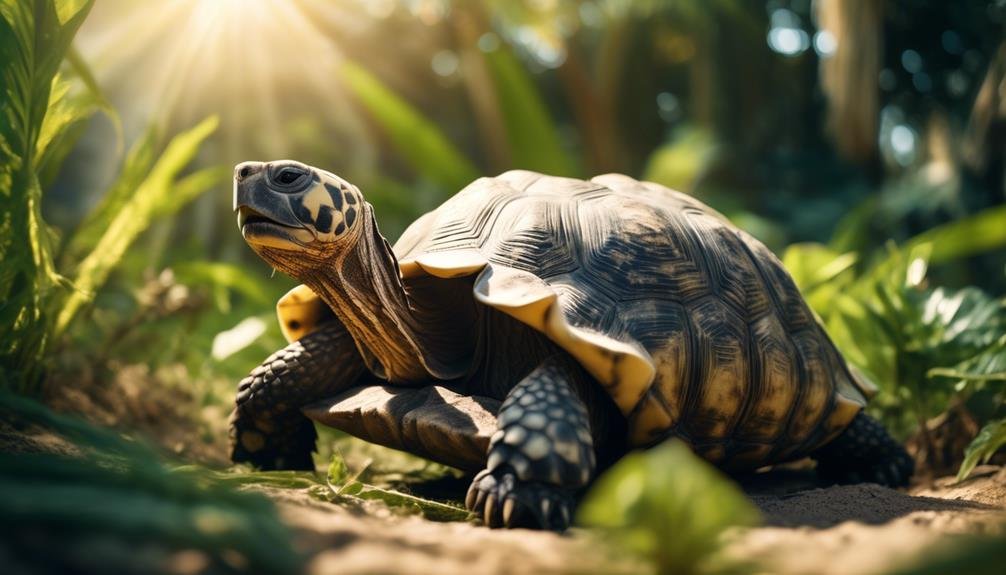
One key factor contributing to the remarkable longevity of Hermann's Tortoises is their proper care and diet. To ensure their longevity, it's important to provide them with the following:
- A balanced diet consisting of commercial pelleted diet for tortoises, leafy greens, vegetables, and fruits.
- Avoid feeding them meat, peas, and beans, as their diet should be low in phosphorus and high in calcium.
Captive-bred tortoises tend to have longer lifespans than wild-caught ones. Regular veterinary check-ups and proper care are also crucial. This includes providing a secure and spacious enclosure with both cooler and warmer spots, shaded areas, and sections exposed to the sun.
Frequently Asked Questions
How Do I Determine the Gender of a Hermann's Tortoise?
To determine the gender of a Hermann's tortoise, look at the tail. Adult males have thick and long tails with a well-developed spur. Consult a reptile expert or veterinarian for accurate identification.
Can Hermann's Tortoises Be Kept as Indoor Pets?
Yes, Hermann's tortoises can be kept as indoor pets. They require a secure and spacious enclosure with a heat lamp, UV light, and substrate of sand and mixed compost. Provide hiding places and fresh water.
Are Hermann's Tortoises Social Animals and Do They Require Companionship?
No, Hermann's tortoises are not social animals and do not require companionship. They are solitary creatures that prefer to live alone. Providing them with a secure and spacious enclosure is sufficient for their well-being.
What Are the Common Health Issues That Hermann's Tortoises May Face?
Common health issues that Hermann's Tortoises may face include respiratory infections, shell rot, vitamin deficiencies, and parasites. Regular check-ups with a veterinarian, a balanced diet, proper husbandry, and a clean environment can help prevent these issues.
How Can I Prevent My Hermann's Tortoise From Hibernating Prematurely?
To prevent your Hermann's tortoise from hibernating prematurely, ensure they have a warm and consistent environment. Provide a heat lamp and maintain a temperature between 80-85°F. Keep their enclosure well-lit and avoid exposing them to cooler temperatures.
Are Longevity Secrets of Hermann’s Tortoise Similar to Greek Tortoise?
The mysterious Greek tortoise discovery has sparked curiosity about the longevity secrets of Hermann’s tortoise. Both species are known for their remarkable lifespan, suggesting similarities in their longevity secrets. Researchers are eager to uncover the secrets behind their enduring health and vitality.
Conclusion
In conclusion, the Hermann's Tortoise is a remarkable creature with unique physical characteristics, a specialized diet, and specific care requirements.
Their longevity secrets lie in their well-balanced diet of commercial pellets, leafy greens, vegetables, and fruits, as well as their ability to adapt to different environments.
By understanding their native habitat and providing proper care, we can ensure these enigmatic tortoises live long, fulfilling lives.
So, go ahead and embark on the journey of caring for these magnificent creatures and unlock the secrets of their extraordinary longevity.

